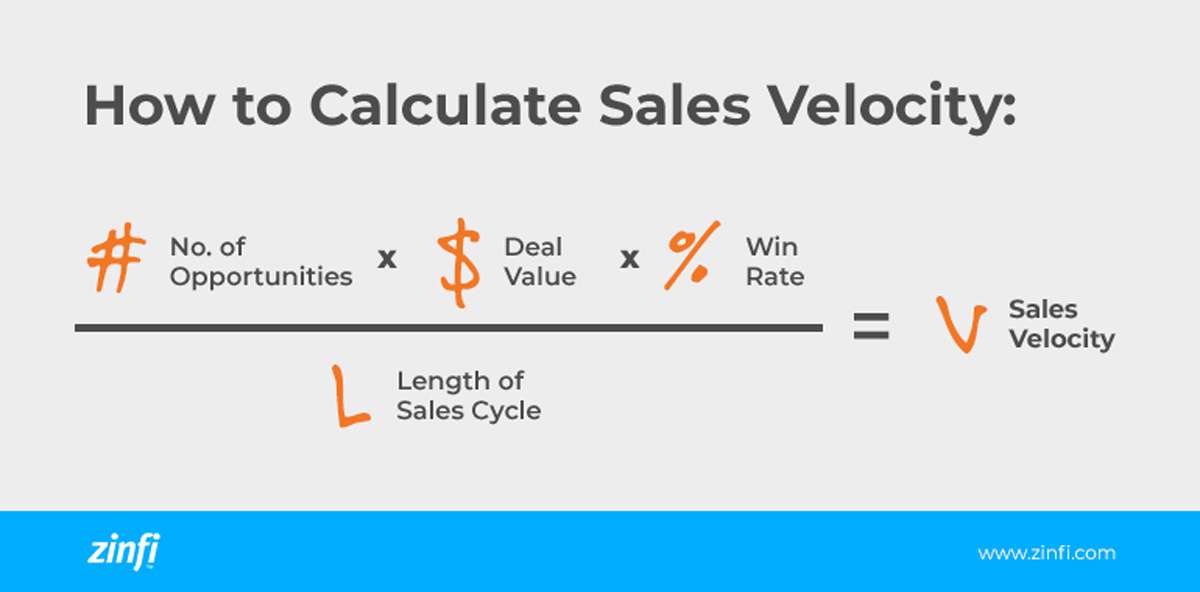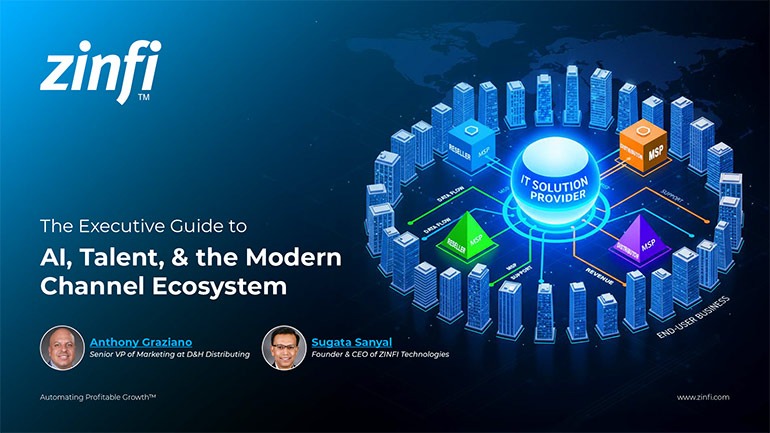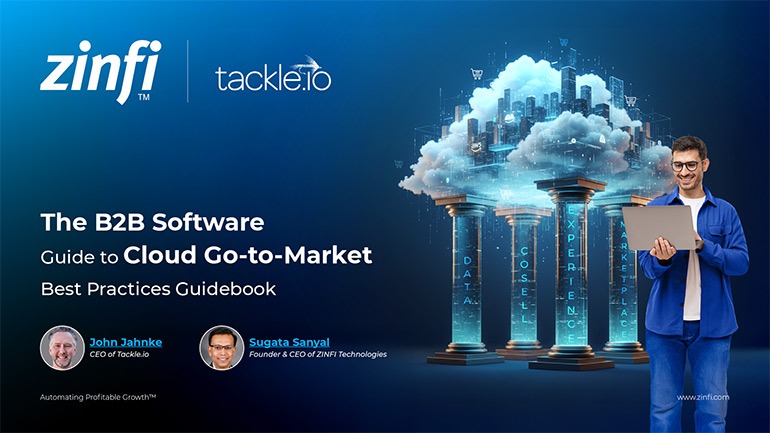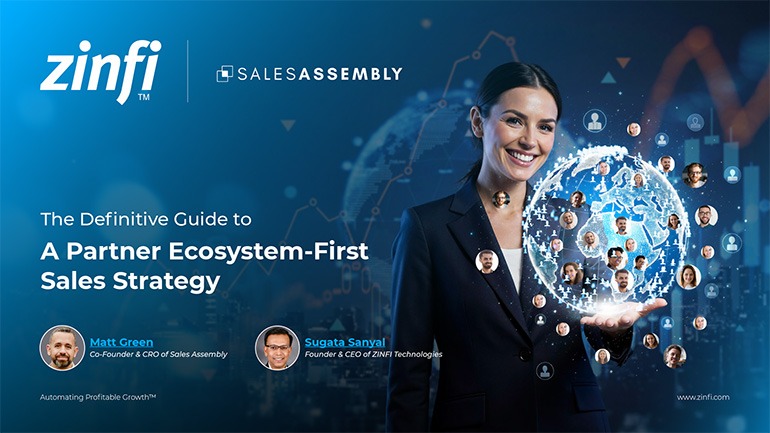Best Practices Articles

How to Drive Sales Velocity Higher with a Distributed Partner Network
Introduction
Sales velocity is a critical metric measuring how quickly you can close deals and generate revenue. It is calculated by multiplying the number of opportunities, the average deal size, and the win rate and dividing by the sales cycle length. The higher the sales velocity, the more efficient and effective your sales process is.
But how can you increase your sales velocity, especially when selling through a distributed partner network? How can you ensure that your partners are aligned with your sales strategy and can deliver the best value proposition to your customers? How can you cope with the varying product and solution complexity levels, customer segments, and buying behaviors?
This article will explore how to design partner programs, processes, people, and automation platforms to match the customer buying journey and increase sales velocity. We will also discuss how you can tailor your sales approach to different product segments, whether simple, transactional, complex, or solution-oriented.

How Product and Solution Complexity Impacts Sales Velocity
One main factor affecting sales velocity is the complexity of your product or solution. Complexity can be defined as the degree of customization, integration, and technical expertise required to deliver the product or solution to the customer. Complexity also depends on the customer's needs, expectations, and decision-making process.
Generally speaking, the more complex your product or solution is, the longer your sales cycle will be and the lower your sales velocity will be. This is because complex products or solutions require more steps, stakeholders, and resources to complete the sale. For example, you may need to conduct a proof of concept, a preliminary deployment, and a ramp-up phase before closing the deal. You may also need to involve more technical and business experts, both from your side and the customer's side, to ensure that the product or solution meets the customer's requirements and expectations. You may also need to negotiate more terms and conditions, such as pricing, discounts, contracts, and service level agreements.
Conversely, the less complex your product or solution is, the shorter your sales cycle will be and the higher your sales velocity will be. This is because simple products or solutions require fewer steps, stakeholders, and resources to complete the sale. For example, you may be able to sell the product or solution online, over the phone, or through a self-service portal. You may also need to involve fewer technical and business experts, both from your side and the customer's side, to ensure that the product or solution meets the customer's needs and expectations. You may also need to negotiate fewer terms and conditions, such as pricing, discounts, contracts, and service level agreements.
How to Design Your Partner Programs, Processes, People, and Automation Platforms to Align with the Right Selling Motion
Suppose you are selling through a distributed partner network. In that case, you must ensure that your partners are aligned with your sales strategy and can deliver the best value proposition to your customers. You must also ensure that your partners have the right skills, competencies, and incentives to sell your products or solutions effectively and efficiently.
One of the ways to achieve this is to design your partner programs, processes, people, and automation platforms to align with the correct selling motion that replicates how customers buy. A selling motion is the sequence of steps, activities, and interactions you and your partners take to move a customer from awareness to purchase. A selling motion can be classified into three types: transactional, solution, and strategic.
A transactional selling motion suits simple, low-cost products or solutions with a short sales cycle and low customization and integration. A transactional selling motion is characterized by a high volume of leads, a low level of engagement, and a low level of risk. A transactional selling motion can be highly automated, with minimal manual intervention, and sold directly or via a reseller network. In this case, promotion and price-driven transactions will rule the day.
A solution-selling motion suits complex and high-cost products or solutions with a long sales cycle and high customization and integration. A solution-selling motion is characterized by a low volume of leads, a high level of engagement, and a high level of risk. A solution-selling motion requires a high degree of collaboration, consultation, and coordination, both internally and externally, and can be sold directly or via a solution provider network. In this case, value and outcome-driven transactions will rule the day.
A strategic selling motion is suitable for strategic and long-term partnerships with a very long sales cycle and a very high level of customization and integration. A strategic selling motion is characterized by a meager volume of leads, a very high level of engagement, and a very high level of risk. A strategic selling motion requires high trust, commitment, and alignment, both internally and externally, and can be sold directly or via a strategic partner network. In this case, vision and transformation-driven transactions will rule the day.
To design your partner programs, processes, people, and automation platforms to align with the correct selling motion, you need to consider the following aspects:
- Partner segmentation: You must segment your partners based on their capabilities, competencies, and performance and assign them to the appropriate selling. For example, you may have resellers for transactional selling, solution providers for solution selling, and strategic partners for strategic selling. You also need to provide your partners with different levels of support, training, and incentives based on their segmentation.
- Partner enablement: You must enable your partners with the right tools, resources, and information to sell your products or solutions effectively and efficiently. For example, you may provide your partners with sales collateral, product demos, customer testimonials, competitive analysis, and pricing guidelines. You must also ensure that your partners can access your sales, marketing, and technical teams and leverage your automation platforms, such as CRM, marketing automation, and partner portal.
- Partner engagement: You need to engage your partners with the proper communication, collaboration, and feedback mechanisms to ensure they align with your sales strategy and can deliver the best value proposition to your customers. For example, you may provide your partners regular updates, newsletters, webinars, events, and surveys. You must also monitor, measure, and reward your partners' performance and give them recognition, feedback, and coaching.
How to Tailor Your Sales Approach to Different Product Segments
Another way to increase your sales velocity is to tailor your sales approach to different product segments, depending on whether the product is simple, transactional, or complex and solution-oriented. You must understand how your customers buy and their needs, expectations, and decision-making criteria.
For simple and transactional products or solutions, your customers may buy based on features and price and have a short and straightforward buying journey. They may not need much information, education, or guidance and prefer a self-service or low-touch sales model. They may also have a low level of loyalty and may switch to a competitor if they find a better offer. In this case, you need to focus on the following aspects:
- Lead generation: You need to generate a high volume of leads and qualify them quickly and efficiently. You can use online channels, such as SEO, PPC, social media, and email marketing, to attract and capture leads. You can also use automation tools like chatbots, web forms, and landing pages to qualify and nurture leads.
- Lead conversion: You must convert leads into customers and close deals quickly and easily. You can use online channels like e-commerce, chat, and phone calls to sell and deliver your products or solutions. You can also use automation tools like online payment, invoicing, and contract signing to streamline and simplify the sales process.
- Customer retention: You must retain customers and increase their lifetime value. You can use online channels like email marketing, social media, and online reviews to communicate and engage with your customers. You can also use automation tools, such as loyalty programs, referral programs, and cross-selling and upselling campaigns, to increase customer satisfaction and loyalty. Learn more about how to start an Affiliate Marketing Management Program.
For complex and solution-oriented products or solutions, your customers may buy based on value and outcome and may have a long and complex buying journey. They may need much information, education, and guidance and prefer a high-touch or consultative sales model. They may also have a high level of loyalty and may stick with you if you can deliver the best solution for their needs. In this case, you need to focus on the following aspects:
- Lead generation: You need to generate a low volume of leads with high quality and fit. You can use offline channels, such as events, trade shows, and referrals, to attract and capture leads. You can use personalization tools like account-based marketing, content marketing, and social selling to qualify and nurture leads.
- Lead conversion: You need to convert leads into customers and close deals with a high value and margin. You can use offline channels like face-to-face meetings, presentations, and demos to sell and deliver your products or solutions. You can also use collaboration tools like proposals, contracts, and service-level agreements to negotiate and finalize the sales process.
- Customer retention: You must retain customers and increase their advocacy and referrals. You can use offline channels like phone calls, visits, and events to communicate and engage with your customers. You can also use value-added tools, such as customer success, customer support, and customer feedback, to increase customer satisfaction and loyalty.
Conclusion
Sales velocity is a critical metric measuring how quickly you can close deals and generate revenue. To increase your sales velocity, especially when selling through a distributed partner network, you must design your partner programs, processes, people, and automation platforms to align with the proper selling motion, replicating how customers buy. It would be best to tailor your sales approach to different product segments, depending on whether the product is simple and transactional or complex and solution-oriented. Doing so can optimize your sales efficiency and effectiveness and grow your business faster and better.
Best Practices Guidebook
 Modernizing Channel Marketing: AI and Ecosystem Enablement Best Practices
Modernizing Channel Marketing: AI and Ecosystem Enablement Best PracticesDownload for FREE
 The Channel’s Shift to Partner-Led With AI Best Practices
The Channel’s Shift to Partner-Led With AI Best PracticesDownload for FREE
 Hyperscalers, ISVs, and AI: Shaping the Future of B2B Software Distribution
Hyperscalers, ISVs, and AI: Shaping the Future of B2B Software DistributionDownload for FREE
 Definitive Guide to a Partner Ecosystem-First Sales Strategy
Definitive Guide to a Partner Ecosystem-First Sales StrategyDownload for FREE
 The Partner-Led Digital and AI Transformation Best Practices
The Partner-Led Digital and AI Transformation Best PracticesDownload for FREE
 Startup Talent Recruitment: Hiring Missionaries, Not Mercenaries
Startup Talent Recruitment: Hiring Missionaries, Not MercenariesDownload for FREE
 The Future of Partner Relationship Management with AI in Partnerships
The Future of Partner Relationship Management with AI in PartnershipsDownload for FREE
 Cybersecurity for the 99%: Strategies from the Frontline
Cybersecurity for the 99%: Strategies from the FrontlineDownload for FREE
 Mastering Partner Relationships: A Strategic Approach to Business Growth
Mastering Partner Relationships: A Strategic Approach to Business GrowthDownload for FREE
 Mastering Partner Relationship Management: Keys to SaaS Channel Success
Mastering Partner Relationship Management: Keys to SaaS Channel SuccessDownload for FREE
 Navigating the AI Revolution: Guide for Partners in the Microsoft Ecosystem
Navigating the AI Revolution: Guide for Partners in the Microsoft EcosystemDownload for FREE
 Mastering the Modern Buyers Journey: Sales Leader’s Guide to AI & Engagement
Mastering the Modern Buyers Journey: Sales Leader’s Guide to AI & EngagementDownload for FREE










